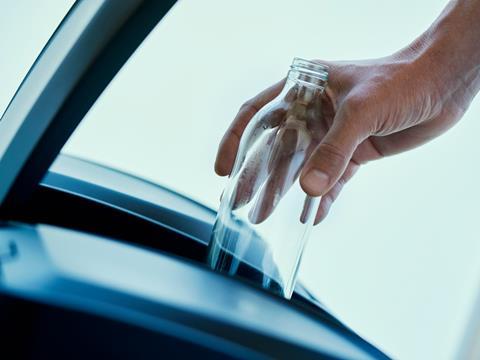
In a new position paper, Euroconsumers has laid out a checklist set to aid the development of clear and affordable reuse and recycling systems that forefront consumer convenience.
With the EU said to generate 80 million tonnes of packaging waste every year, amounting to 177.2 kg per inhabitant, consumers are encouraged to take responsibility for reducing their individual packaging waste. However, factors such as excessive packaging and non-recyclable materials are thought to complicate the process.
To prevent this, recycling and reuse systems should be designed with consumers in mind. Euroconsumers’ checklist aims to provide guidelines for this process and make a substantial difference in lowering packaging waste and ushering in more sustainable waste management systems.
Regulation should be based on scientific analysis, the checklist begins, and account for the entire life cycle of a packaging product. It asserts that reuse should be prioritised if its environmental impacts are lower than single-use packaging, but warns that generalisations should not be made about entire system. Instead, factual evidence should be consulted to choose the most sustainable approach.
Both reuse and recycling have the potential to cause health and safety risks if they are improperly managed. Toxic substances should not be reintroduced in recycling processes, Euroconsumers says, while reuse systems should address hygiene requirements and chemical concerns to ensure that consumers can safely take part.
To ensure consumer engagement, systems should be simple and easy to follow. Clear instructions should clarify when and how to reuse or recycle, and Euroconsumers highlights that running multiple systems for the same type of packaging or a series of parallel systems could confuse consumers and discourage them from participating.
Price is also underlined as an important factor. Consumer surveys are said to indicate that higher costs are one of the biggest roadblocks in preventing consumers from switching to reusable packaging or adopting recycling systems. These systems should not be exploitative, the checklist states, but should enable consumers to get involved.
Additionally, over 400 labels are currently used for packaging claims within the EU. Standardised labelling, communication, education campaigns are encouraged as a means of providing the correct information and preventing confusion.
Several guidelines currently exist to help manufacturers design their packaging for recycling, including the 4evergreen alliance’s Circularity by Design guideline for designing fibre-based packaging – recently updated to include beverage packaging – and RecyClass’ Design Book for rigid and flexible plastic.
Planet Reuse and New ERA’s rEUse campaign is also seeking to encourage the implementation of reusable packaging systems in various European sectors, including takeaway, beverages, and e-commerce.
However, Jodie Roussell and Antje Shaw from Nestlé spoke to Packaging Europe to identify the roadblocks in its own reuse and refill pilots and reflect on potential improvements for future trials.
If you liked this article, you might also enjoy:
McKinsey on whether or not on-pack sustainability claims affect consumer spending
A deep dive into the most important packaging sustainability trends and solutions












No comments yet